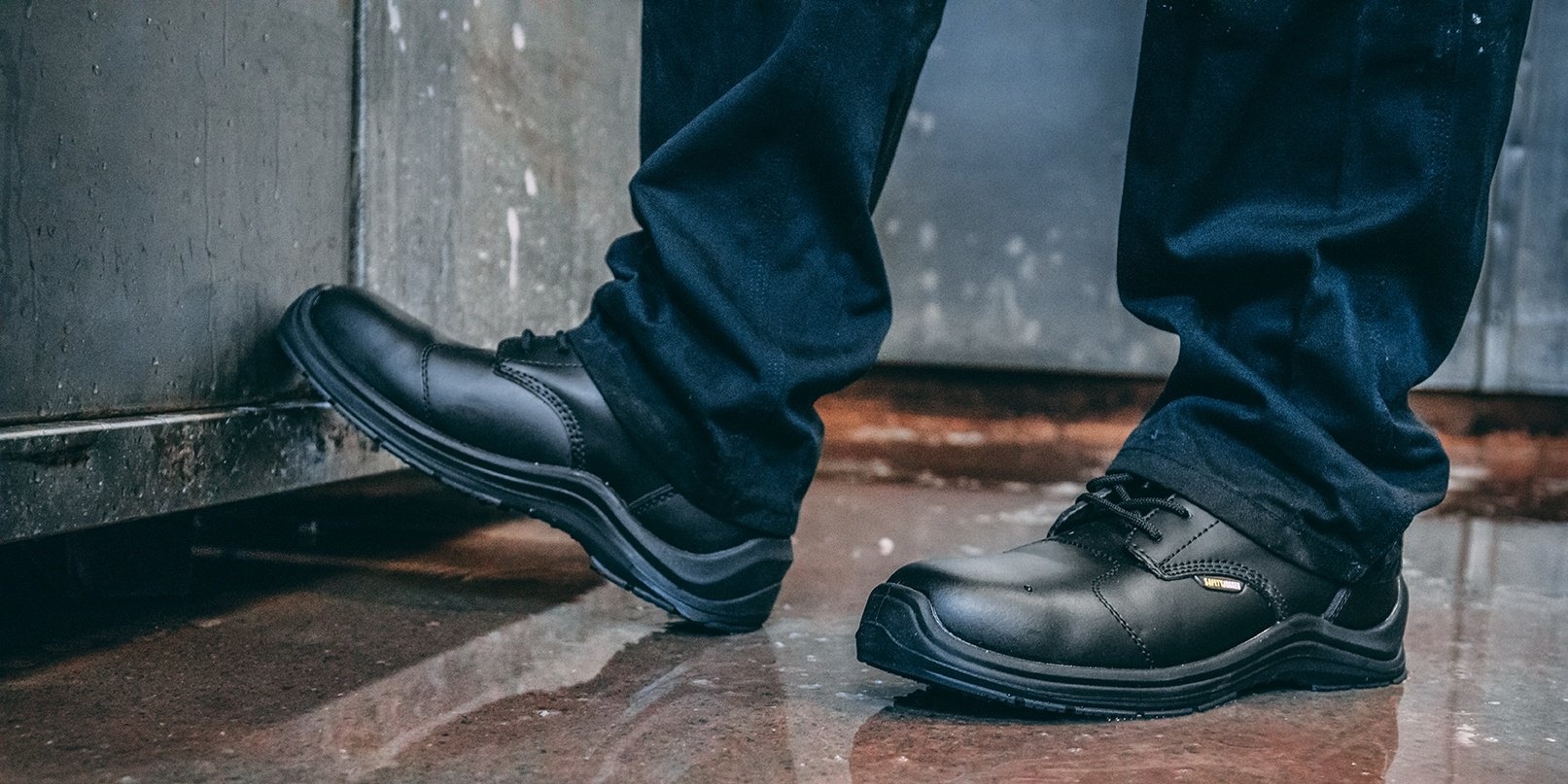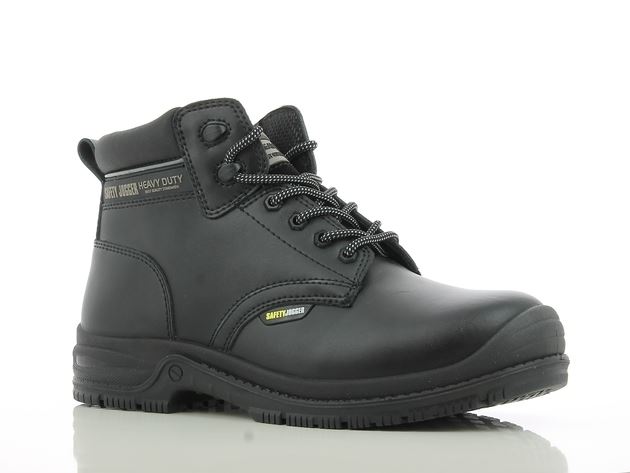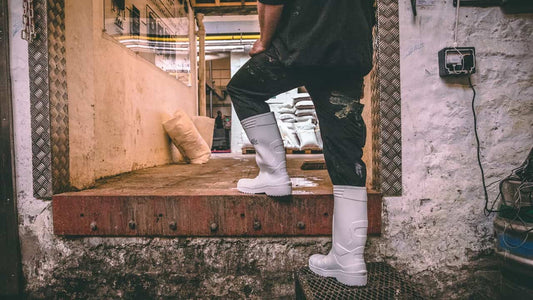According to the European Agency for Safety and Health at Work (OSHA), slips, trips and falls are the biggest causes of accidents in all industries - from manufacturing to office work. Ensuring that your employees are wearing the correct safety footwear is one way to prevent this, but there are certain criteria you need to look out for. Here’s how to conduct a simple safety footwear risk assessment.

The latest data on slips, trips and falls has found that they’ve resulted in more than three days of absence from work across Europe. Often, the main problem is the floor surface. In addition to ensuring that the floors are kept clean and dry, workers should also be wearing proper safety footwear that’s appropriate for their occupation and work environment.
Step One: Conduct a General Risk Assessment
Before you figure out what safety features are required, you must conduct a general risk assessment to see what you need to protect against in the first place. You need to ask yourself:
- What are the Hazards?
- Who Might Be Harmed and How?
- How Dangerous are the Risks and How Can You Protect Against Them?
What are the Hazards?
You need to consider what the potential hazards are in your workplace. Start by walking around your business and isolating some hazards. They will vary from work setting to work setting but may include:
- Spilt liquids.
- Wires and cables running across the floor.
- Objects acting as obstacles.
- Sharp items.
- Heavy objects.
Who Might Be Harmed and How?
Once you’ve identified the hazards, you need to think about who might be at risk from them and how they might be harmed. For example, spilt liquids can create slippery floor surfaces and anyone who works in that area will be at risk. It’s a good idea to ask your employees what hazards they encounter on a daily basis. They’ll be able to offer a different perspective and might be able to state the less obvious.
How Dangerous are the Risks and How Can You Protect Against Them?
The next stage is to assess how dangerous the risks are and how likely they are to happen. You need to either try and get rid of the risk altogether or reduce to a level where harm is unlikely. Aim to reduce everything to a “reasonably practicable” level by balancing the risk level against the measures needed to control it in terms of resources (time and money). If it requires too many resources for it to be worthwhile, action isn’t necessary.
Step Two: Assess Safety Features on the Footwear
Now that you’ve identified the potential hazards and level of risk and harm they might bring to your employees, you can decide what safety features you need in your team’s footwear.
There are many types of safety footwear, all designed for a variety of work conditions. The safety codes indicate what level of protection the footwear offers against particular hazards. SB (Safety Basic) is the basic standard level of safety footwear and features slip-resistant soles and steel toe caps that protect against 200-joule impact.
SB rated shoes provide just enough protection for most industries, but additional safety features may be required for particular job roles. Ensure that you adapt your footwear risk assessment to the specific job role and tasks because there’ll be different hazards involved.
Say there’s a risk of falling heavy objects and sharp items potentially piercing through the sole. SB rated shoes have steel toe caps so will protect against heavy objects crushing the toes, but not the sharp items piercing through the sole. For that scenario, you’ll need midsole penetration protection - as provided by an S3 rated shoe.
X1100N81 is the ideal choice as it's S3 rated, has removable insoles for added comfort and TripGuard technology, amongst other great features.

Examples of Hazards to Consider
- Risk of injuries from punctures, lacerations, cuts, needles or crushing. Consider which part of the foot might be injured.
- How long will the employee be standing or walking?
- Are specialised equipment/appliances used, such as power tools?
- Will the soles become worn quickly from the flooring or walking conditions?
- Is the shoe secure on the foot?
- Are heel and ankle supports required?
- Does the shoe need to have a closed back?
- Is a higher shoe or boot required?
- Is there risk of contact with molten materials?
- Is there risk of contact with hazardous fluids, such as corrosive, solvents, biohazards or hot liquids?
- Is there a risk of electrical conduction?
- Do you need insulation from the heat or cold?
Step Three: Perform Safety Footwear Risk Assessments As and When
Risk assessments should be an ongoing task. Few workplaces stay the same and in most cases, you’ll be introducing new work conditions - from new team members to new equipment and protocols. These all bring in a new set of hazards and you need to review and update your risk assessments as and when.
Download Our Free Guide On Picking the Perfect Pair of Shoes for Work
If your employees are going to wear safety shoes that provide them with adequate protection, you need to identify what hazards you need to protect against first. SB rated footwear is a good place to start, but some working conditions may require additional, specialised protection.





